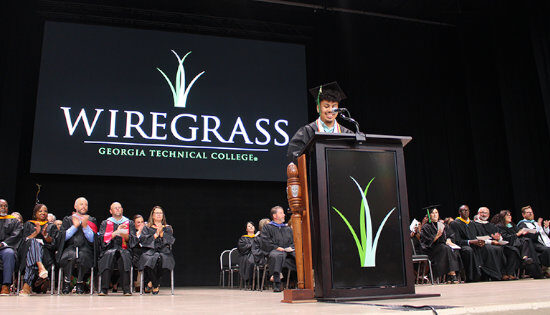LOWNDES CO – The Lowndes County Board of Tax Assessors is pleased with the Georgia Supreme Court’s opinion.
Release:
The Lowndes County Board of Tax Assessors is pleased with the Georgia Supreme Court’s recent opinion in Gateway Pines Hahira, LP v. Lowndes County Board of Tax Assessors.
The Court’s opinion clarifies how tax assessors are to determine the fair market value of a Section 42 low-income housing tax credit property. A Section 42 property owner agrees to rent its apartments to low-income tenants at below-market rents.
In exchange, the owner is awarded federal and state income tax credits for 10 years.
Income tax credits provide a dollar for dollar reduction of income taxes. A $1,000 income tax
credit saves the taxpayer $1,000.
Gateway Pines Hahira, LP was awarded a total of $16,944,420 income tax credits. $8,472,210 were federal income tax credits. $8,472,210 were state income tax credits. These tax credits are connected to ownership of the apartments. This is because if Gateway Pines Hahira, LP sells the apartments, the buyer will get the remaining tax credits.
The Supreme Court’s recent opinion restated that Section 42 tax credits are part of the
property that may contribute to the assessment of fair market value. Fair market value is the amount a knowledgeable buyer would pay and a willing seller would accept for the property.
One approach to valuation tax assessors may use to value a Section 42 property is the cost approach. The Court explained, under the cost approach, a tax assessor estimates value by estimating the cost new of the improvements, subtracting accrued depreciation, and adding the value of the land.
The income approach is another approach to valuation. The Court explained, under the income approach, a tax assessor estimates value by determining the present value of the projected income stream from the use of the subject property in the future.
The holding in the Court’s recent opinion is that “tax assessors may use the income approach when determining the fair market value of Section 42 properties.” In its opinion, the Court ruled the statute involved in the case “merely places a limit on when Section 42 tax credits can be counted as income under the income approach.”
The Court said the statute “did not prohibit tax assessors from considering Section 42 tax credits as contributing to the fair market value of Section 42 properties.” The Court explained this is because no matter which approaches are used, tax assessors are directed to take steps to account for any “unusual circumstances” affecting fair market value that remain unaccounted for under those approaches, such as Section 42 tax credits, to ensure that the result of the appraisal of the property conforms to the definition of fair market value.











